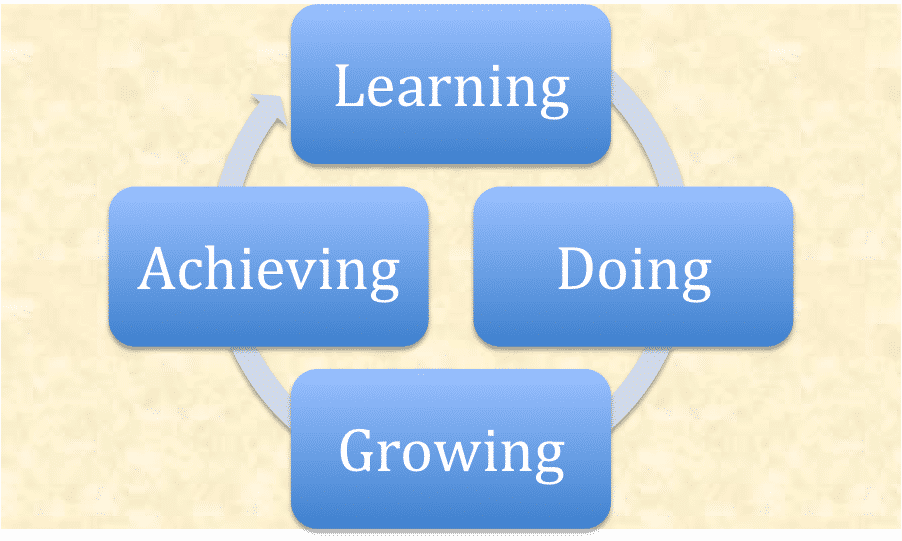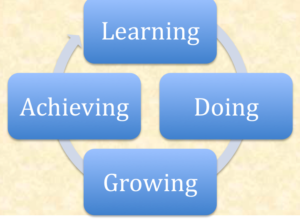The Alternative To Trickle-Down Leadernomics

Last week, I defined Trickle-Down Leadernomics as “Episodic training designed to stimulate positive behavioral changes, aimed to help executives be better leaders who inspire commitment rather than mere compliance, resulting in a more productive work environment and happier employees who, ultimately, will improve the company’s bottom-line somewhere down the road.” I don’t believe the trickle-down approach is any more effective in leadership than it is in economics. I went on to suggest that behaviors can’t be taught – they have to be learned, and the only way we typically adopt new behaviors is by trying them and experiencing repeated success. We essentially need to prove to ourselves that a new behavior is worth adopting.
During a discussion on this topic on LinkedIn, I was asked about the distinction I made between teaching and learning, as it was suggested to me that once we give people the tools it’s their responsibility to use them. In response I stated: “Sometimes I think of tools like giving someone new golf clubs and expecting that after a week of golf camp, they will take their new clubs and their redesigned swing, and then improve their overall game. Because companies don’t tend to integrate what someone learns with what someone does (at least not well enough or often enough), executives can’t get enough practice trying their new tools/learnings to achieve repeated success. So because they regard it as more reliable, albeit not perfect, they tend to go back to the way they’ve always swung the club (so to speak) and end up playing/leading just as poorly as they did before they went to camp. That’s what I meant about learning something versus being taught. Adopting and perfecting new behaviors takes practice.”
Trickle-Down Leadernomics isn’t just troublesome because of the “trickle-down” part; worse yet, it tends to function as a linear process rather than a reinforcing one. Meaning, if you can’t really measure the impact of the executive development program to the organization, it won’t serve to inspire future investments in learning. The chart below depicts my ideal model for how executive development should work in an organization. A reinforcing loop:
I’m a huge fan of formal training, but few organizations have much of a mechanism for translating learning to doing, helping leaders grow from trial and error, and ultimately implementing newly tested behaviors and management practices to achieve great things which, of course, would inspire reinvesting in learning. Again, let me put the question to our Executive Street community: Do you use peer advisory groups, executive coaches, cross-functional work teams, etc.? If so, please tell us how you help executives implement what they learn to your organization’s benefit. After I hear from you all this week, I’ll cover what many companies are doing in this regard next week. Join the conversation!
Category: Leadership
Tags: executive development, HR, leaders, Leadership, mentors, peer advisory groups, Training


